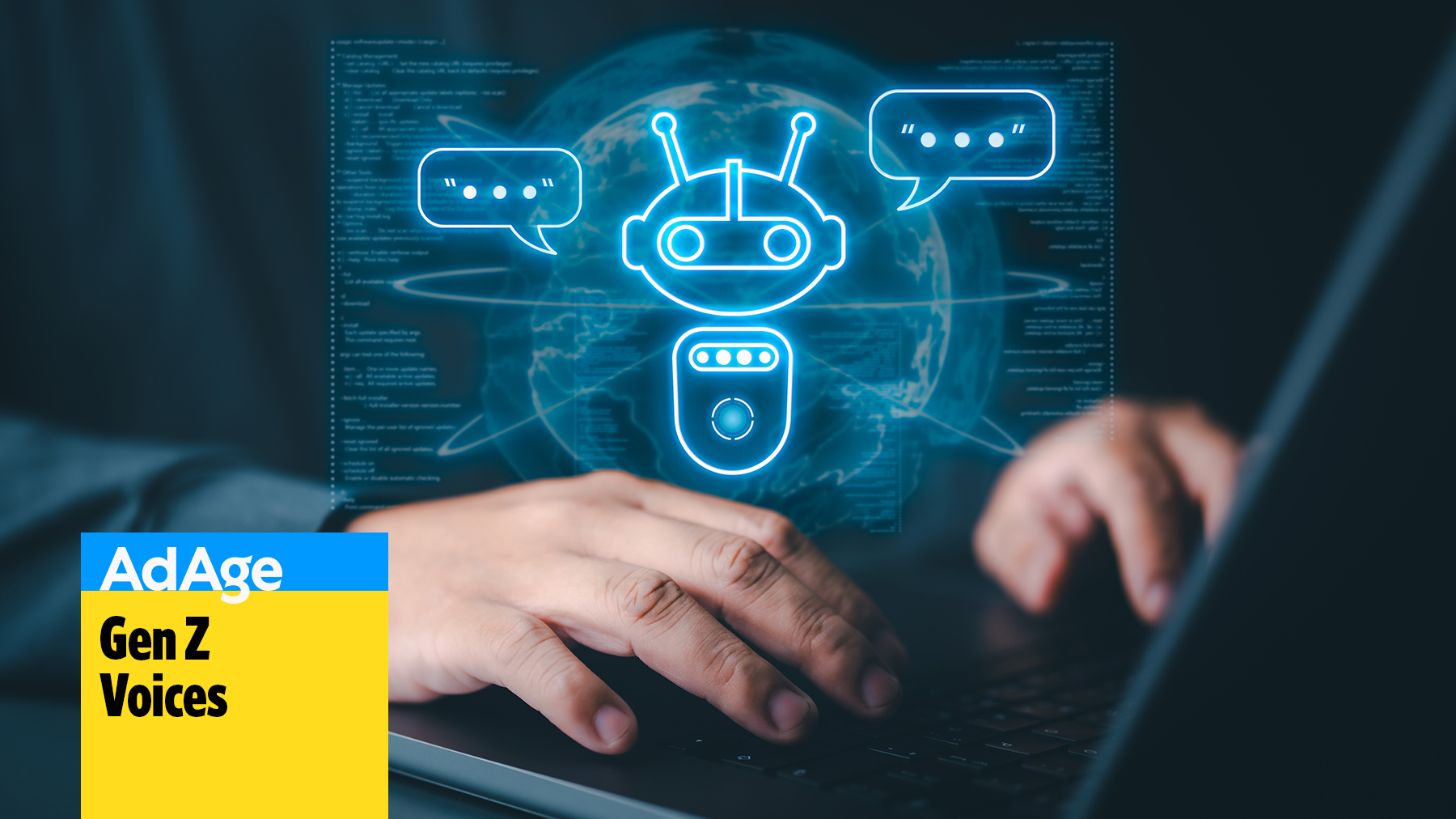Understanding Why Artificial Intelligence Cannot Substitute Creative Intent in Marketing

Why AI Can’t Replace Creative Intent in Marketing
The marketing landscape is evolving rapidly, with artificial intelligence (AI) playing an increasingly prominent role. While this technology has the potential to streamline processes and analyze vast amounts of data, there are certain aspects of marketing where AI falls short—particularly in terms of creativity and emotional engagement.
The Role of AI in Marketing
Data Analysis and Personalization
AI excels at processing and analyzing large datasets, enabling marketers to understand consumer behavior better. Tools powered by AI can segment audiences, predict trends, and even tailor advertisements to individual preferences based on past behavior.
Automating Routine Tasks
AI can automate time-consuming tasks like scheduling social media posts, managing email campaigns, or optimizing ad placements. By automating these routine tasks, marketers can save time and focus on more strategic activities.
The Limitations of AI in Creative Marketing
Lack of Emotional Understanding
Creativity in marketing goes beyond data points and algorithms. Humans can express emotions, capture sentiments, and convey messages that resonate on a deeper level. AI, while it can analyze language patterns, lacks the genuine human experience needed to truly understand emotions. Campaigns that hinge on emotional resonance—such as appeals to nostalgia, empathy, or humor—require a nuanced understanding that AI simply cannot replicate.
Creativity Isn’t Just a Formula
While AI can generate content based on templates and popular trends, true creativity often involves breaking rules and thinking outside the box. Human marketers draw from personal experiences, cultural contexts, and emotional insights to create unique campaigns. AI’s reliance on existing data means it often reinforces what has worked in the past rather than driving innovative thinking.
Examples of Creative Marketing Success
Storytelling and Engagement
Countless successful marketing campaigns have focused on storytelling. For instance, brands like Apple and Nike have used powerful narratives to connect with consumers on an emotional level. These stories often go beyond the product itself, promoting values and lifestyles that resonate deeply with their target audience. AI-generated content may struggle to convey the same level of narrative depth.
Visual and Artistic Expression
Marketing is not just about words; visuals play a crucial role too. Creative design, art direction, and the ability to craft striking visuals are skills primarily held by human creators. AI tools can assist in generating designs or suggest edits, but they can’t replicate the human touch that adds texture and meaning to artistic works.
The Future of AI and Human Collaboration
A Partnership Approach
Instead of viewing AI as a competitor to human creativity, businesses can adopt a partnership approach. AI tools can handle data-driven tasks, allowing human marketers to focus on strategy, ideation, and artistic expression. By combining human creativity with AI’s analytical power, companies can enhance their marketing efforts and achieve better results.
Ethical Considerations in AI Usage
As AI becomes more integrated into marketing, ethical considerations regarding data privacy and authenticity arise. Issues like deepfakes and automated content generation challenge the trust and transparency that are vital for consumer engagement. Navigating these issues requires the insight and ethical compass that human creators possess.
In summary, while AI provides valuable support in data processing and task automation within the marketing field, it cannot replicate the creativity, emotional intelligence, and artistic nuances that human marketers bring to the table. The future of marketing lies in blending the strengths of human creativity with the capabilities of AI, creating a more effective and engaging approach to reaching consumers.





